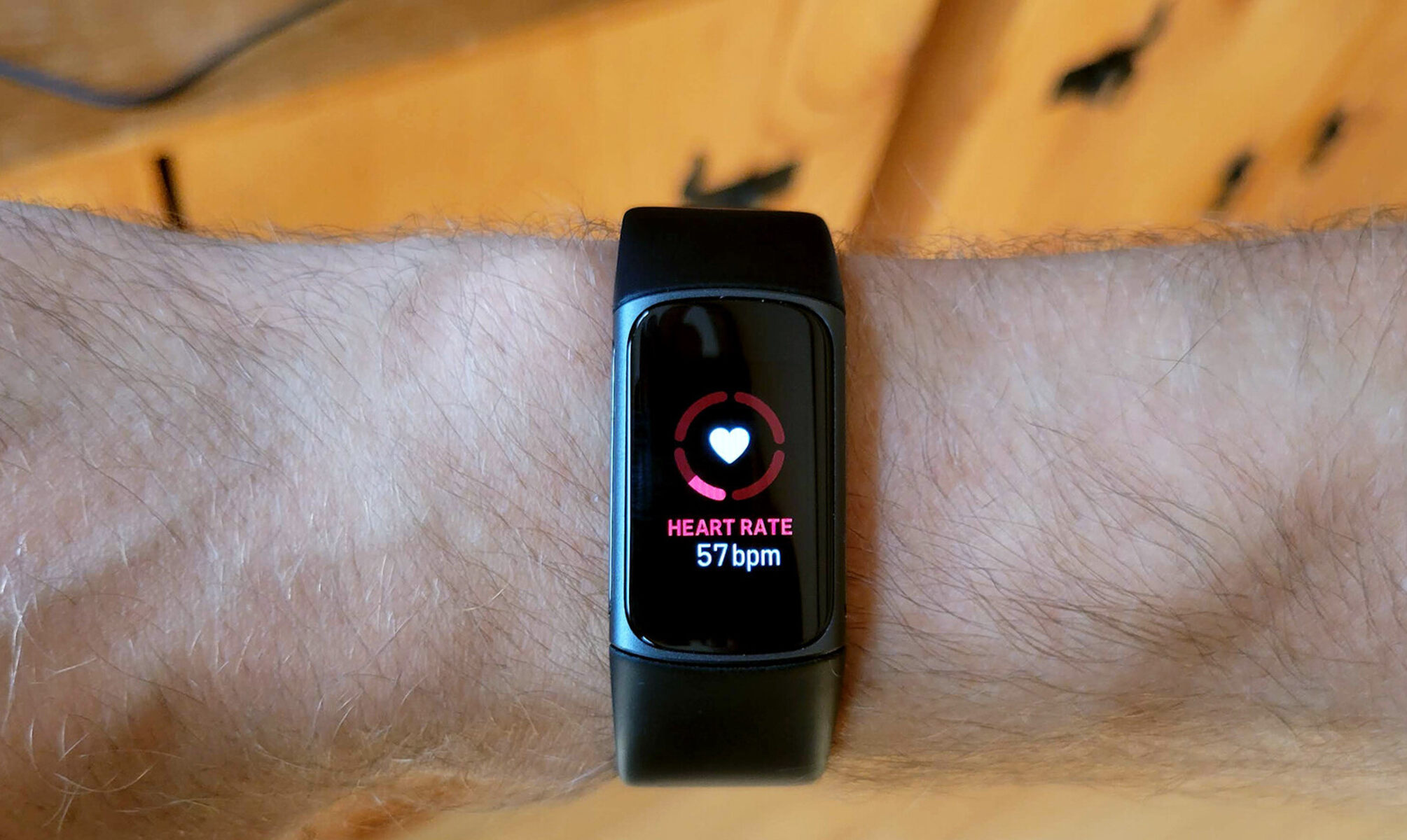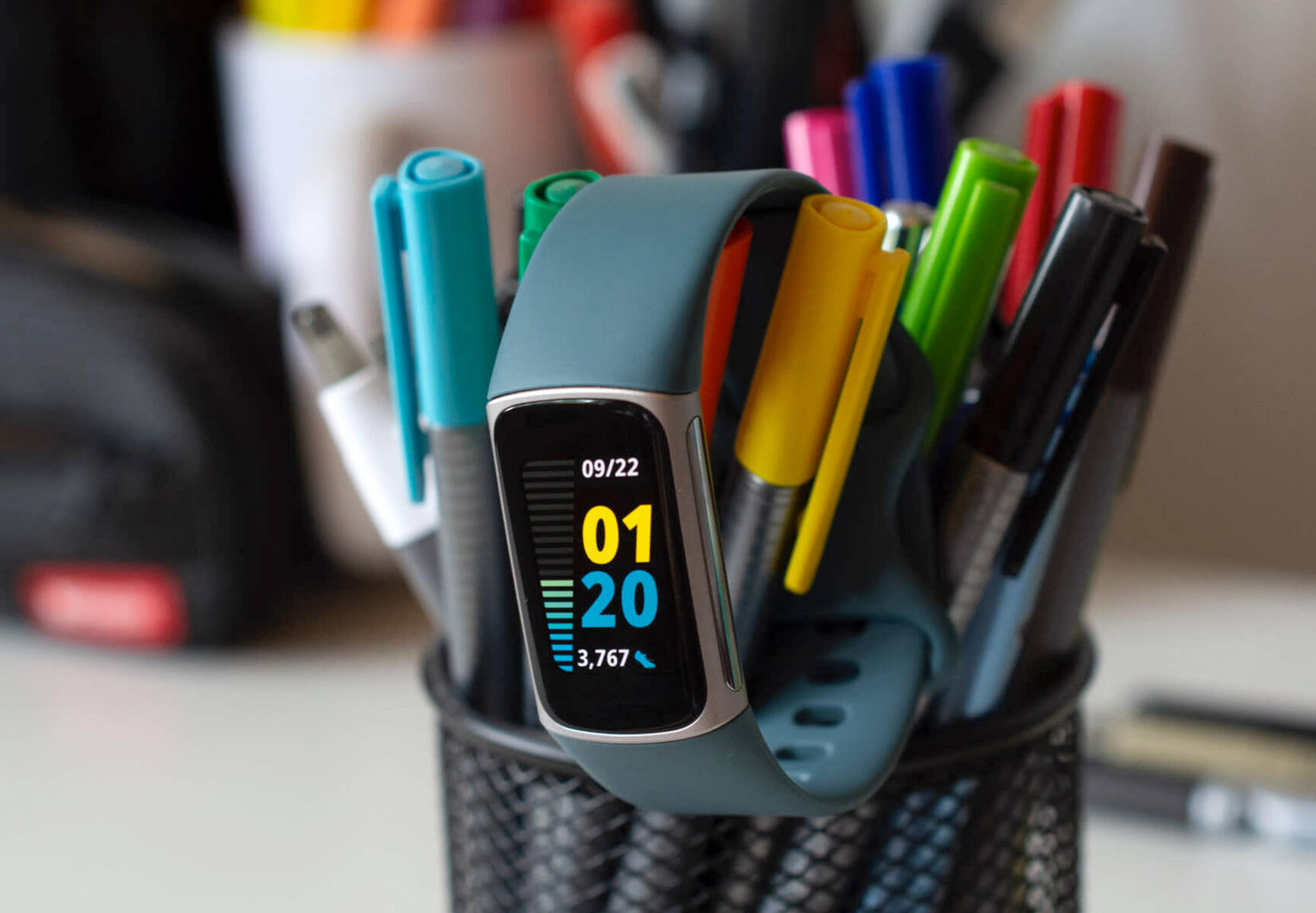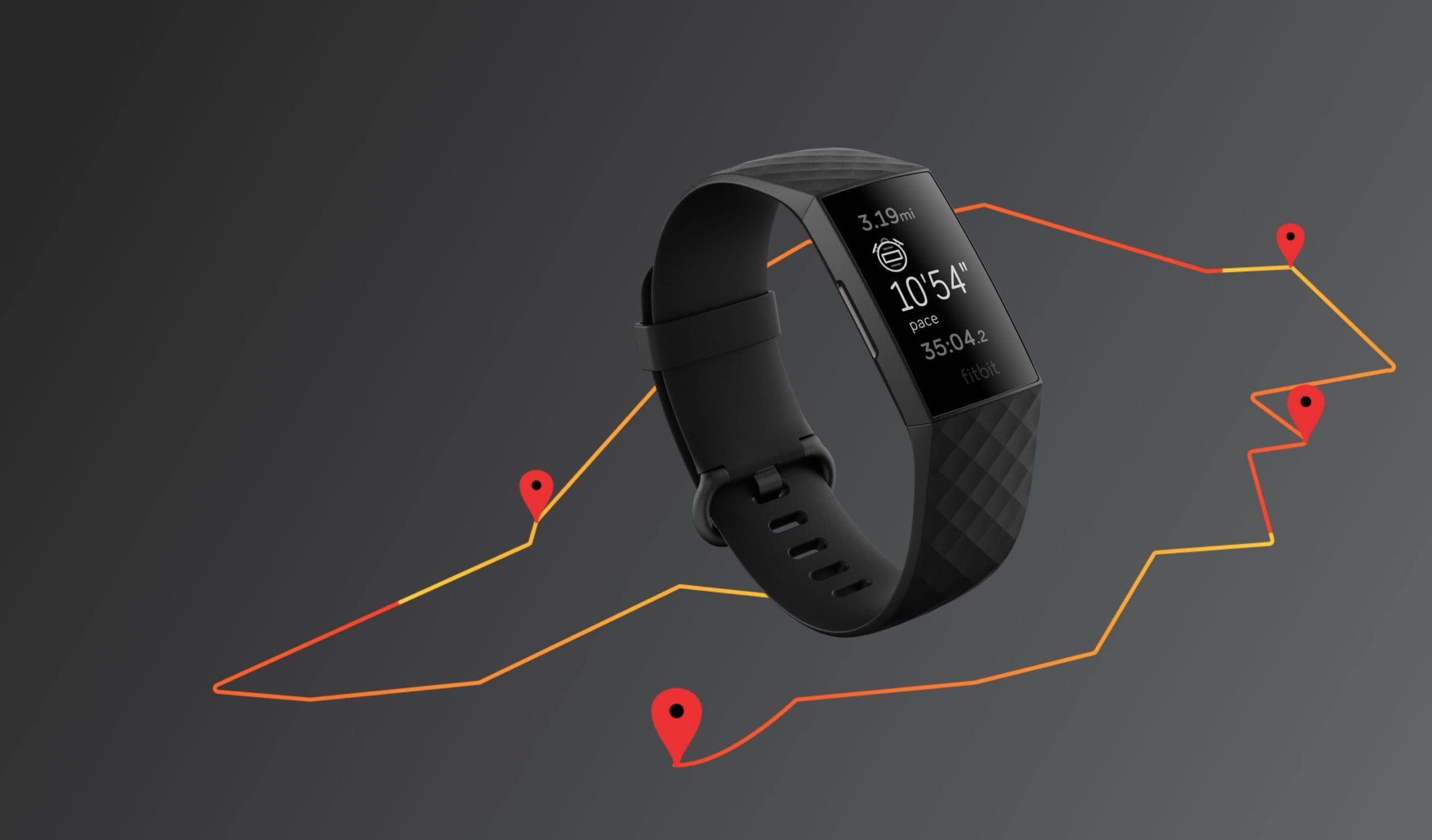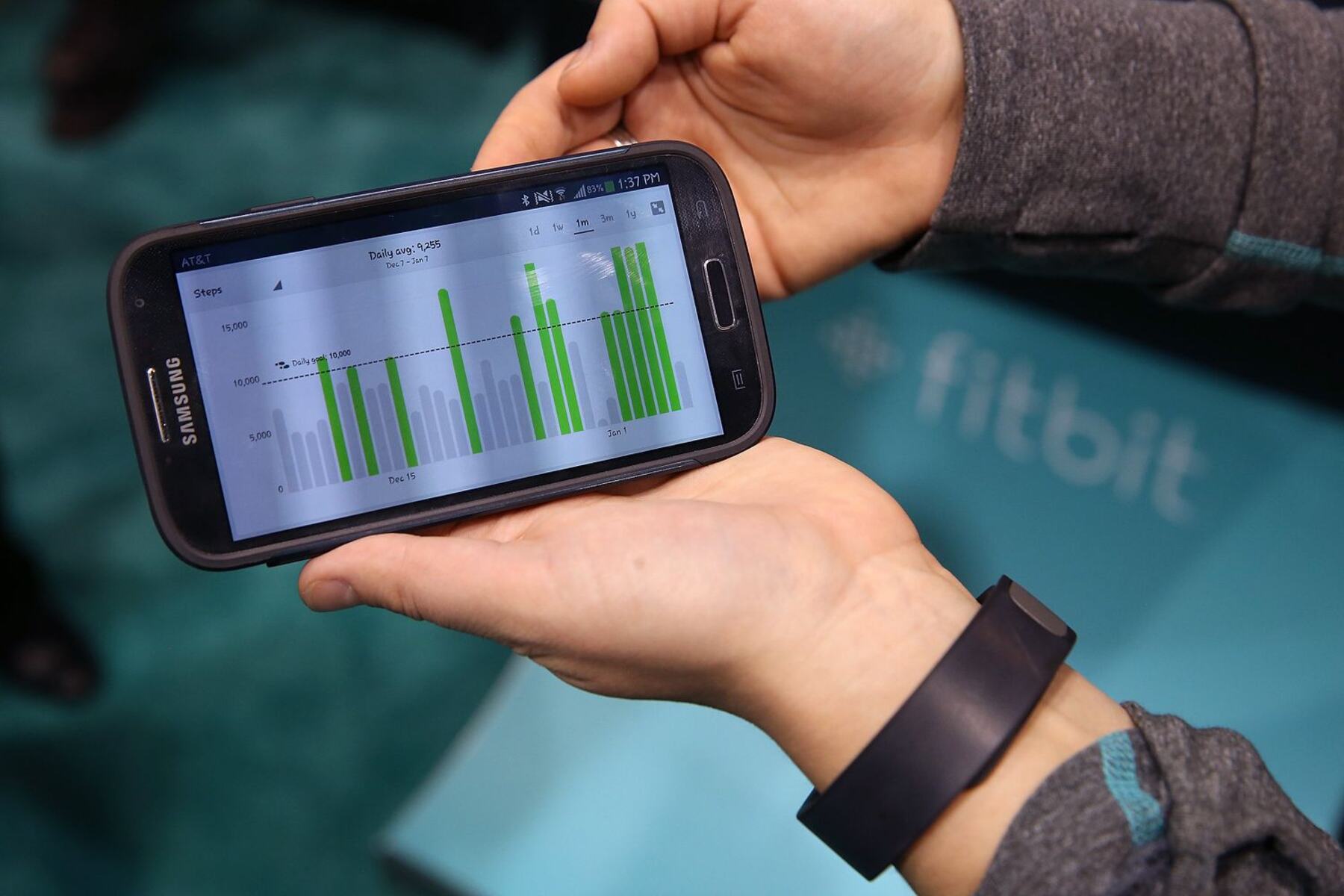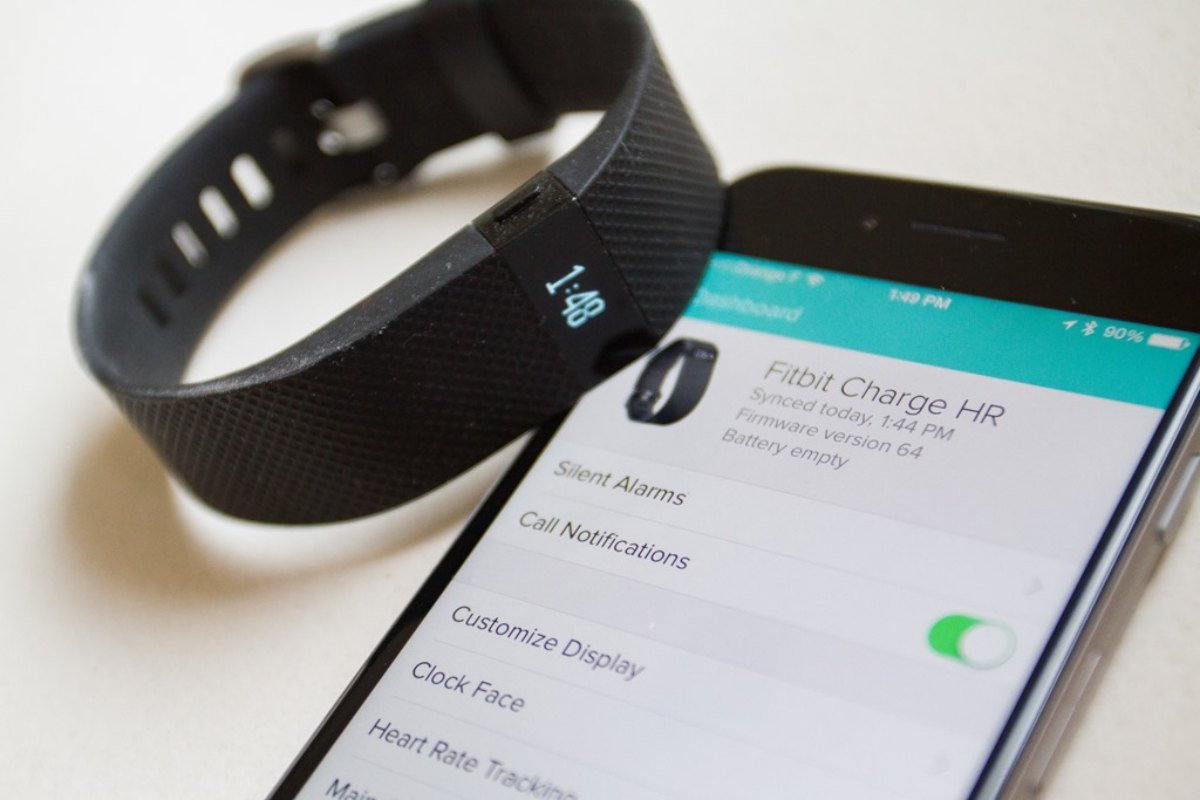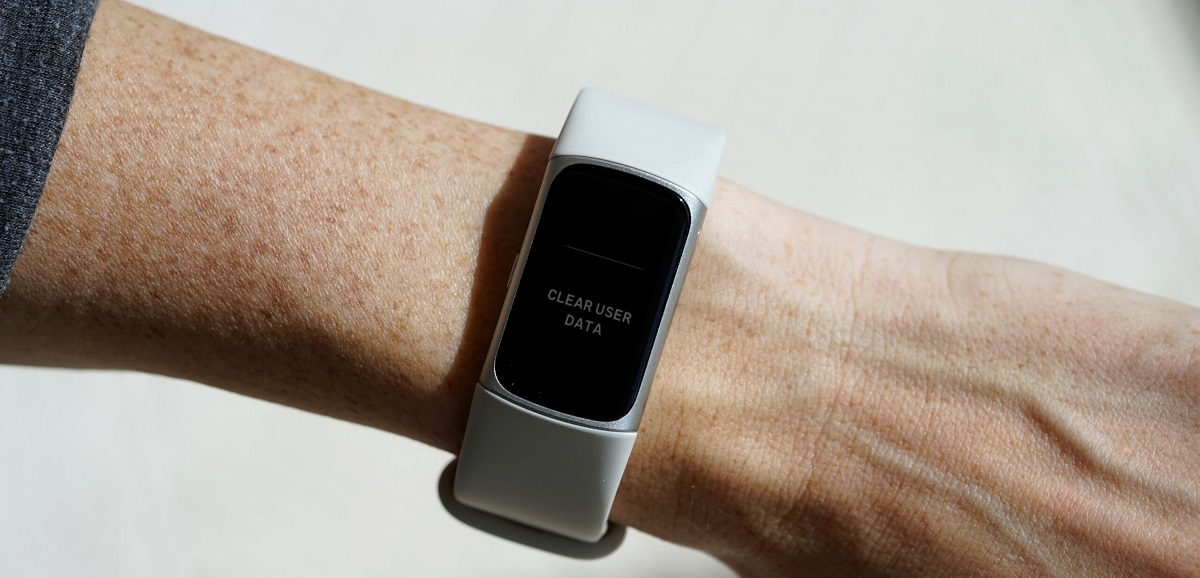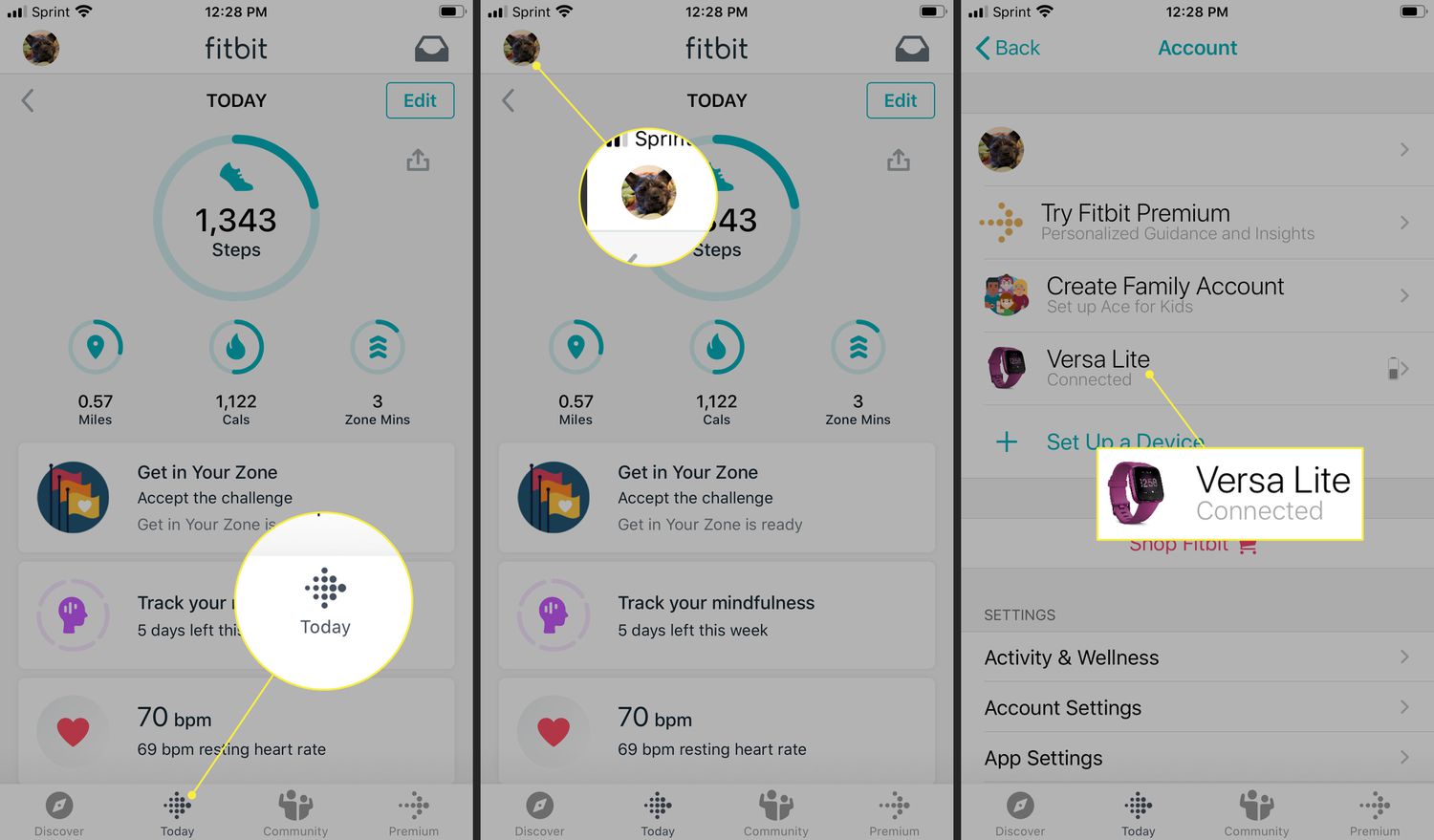Introduction
When it comes to monitoring our health and fitness, wearable devices have become indispensable tools. Fitbit, a leading brand in the wearable technology industry, has gained widespread popularity for its range of fitness trackers and smartwatches. One of the key features that users rely on is the heart rate monitoring function, which provides valuable insights into their cardiovascular health and exercise intensity. However, encountering issues with the Fitbit's heart rate monitoring capability can be frustrating and concerning.
In this article, we will delve into the common hitches that users may encounter with their Fitbit's heart rate monitoring and provide troubleshooting tips to address these issues effectively. Whether you own a Fitbit Charge, Versa, Inspire, or any other model equipped with heart rate tracking, understanding the potential causes of malfunction and the corresponding solutions can help you make the most of your device.
From ensuring the proper positioning of the Fitbit on your wrist to exploring software updates and seeking assistance from Fitbit's support team, we will guide you through the step-by-step process of troubleshooting heart rate discrepancies. By following these recommendations, you can optimize the accuracy and reliability of your Fitbit's heart rate monitoring, empowering you to stay on top of your fitness goals with confidence.
So, if you've ever found yourself puzzled by erratic heart rate readings or a complete lack of data on your Fitbit, fear not. We're here to equip you with the knowledge and strategies to tackle these issues head-on. Let's embark on this troubleshooting journey and unravel the mysteries behind Fitbit heart rate hitches, reclaiming the full functionality of this essential fitness companion.
Check the Fitbit's Position
Ensuring that your Fitbit is positioned correctly on your wrist is crucial for accurate heart rate monitoring. A common reason for erratic or absent heart rate readings is a poorly positioned device. To address this, follow these steps to verify and optimize the Fitbit's placement:
1. Wear it Snugly:
To obtain reliable heart rate data, it's essential to wear your Fitbit snugly on your wrist. A loose-fitting device may result in inconsistent contact with your skin, leading to inaccurate readings. Adjust the band to achieve a comfortable yet secure fit, ensuring that the heart rate sensor is in direct contact with your skin.
2. Positioning on the Wrist:
Fitbit recommends wearing the device a finger's width above your wrist bone. This positioning allows the heart rate sensor to detect blood flow accurately, enhancing the precision of heart rate monitoring. Additionally, ensure that the Fitbit is not worn too tightly, as this could impede blood circulation and affect the accuracy of the readings.
3. Skin Contact:
Verify that the underside of the Fitbit, particularly the heart rate sensor, is in direct contact with your skin. Any obstruction, such as dirt, sweat, or residue, can interfere with the sensor's ability to capture your heart rate. Gently clean the sensor area and your skin before wearing the device to promote optimal contact.
4. Movement and Placement:
Pay attention to the Fitbit's orientation on your wrist during different activities. For activities involving wrist movement, such as weightlifting or tennis, position the Fitbit slightly higher on your arm to maintain consistent contact with your skin. This adjustment can help mitigate inaccurate readings caused by excessive movement.
By meticulously assessing and optimizing the Fitbit's positioning on your wrist, you can significantly improve the accuracy and reliability of its heart rate monitoring function. This foundational step sets the stage for a seamless and effective troubleshooting process, ensuring that your Fitbit operates at its full potential to support your fitness journey.
Clean the Fitbit
Regular maintenance and cleaning of your Fitbit device are essential for preserving its functionality, including the accuracy of its heart rate monitoring feature. Over time, sweat, dirt, and residue can accumulate on the device, particularly around the heart rate sensor, potentially hindering its ability to capture precise heart rate data. By incorporating proper cleaning practices into your Fitbit care routine, you can mitigate these issues and optimize the performance of the heart rate monitoring function.
Here's a comprehensive guide on how to effectively clean your Fitbit:
-
Gentle Wipe Down:
Begin by using a soft, lint-free cloth lightly dampened with water to gently wipe the surface of your Fitbit. Pay close attention to the area surrounding the heart rate sensor, ensuring that any accumulated debris or sweat is carefully removed. Avoid using excessive moisture, and never submerge your Fitbit in water during the cleaning process. -
Avoid Harsh Chemicals:
Refrain from using harsh cleaning agents, such as alcohol-based solutions, bleach, or household cleaners, as these can potentially damage the device's components. Stick to mild cleaning methods to safeguard the integrity of your Fitbit while effectively eliminating built-up grime. -
Drying Process:
After wiping down the device, allow it to air dry thoroughly before wearing it again. Ensure that no moisture remains on the device, especially around the heart rate sensor, as this can interfere with its functionality. If necessary, use a dry cloth to gently pat the Fitbit dry, taking care not to apply excessive pressure. -
Periodic Deep Cleaning:
For a more comprehensive clean, consider periodically removing the Fitbit's band and thoroughly cleaning both the device and the band with mild soap and water. Be sure to dry the components completely before reassembling the device. -
Sensor Care:
Pay special attention to the heart rate sensor, as any obstruction or residue on this area can significantly impact its performance. Use a soft, dry cloth to carefully clean the sensor, ensuring that it remains free from any impediments that could affect its ability to capture accurate heart rate data.
By incorporating these cleaning practices into your Fitbit maintenance routine, you can uphold the device's functionality and optimize the accuracy of its heart rate monitoring feature. This proactive approach to care and maintenance not only promotes the longevity of your Fitbit but also ensures that it continues to provide reliable health and fitness insights, empowering you to make informed decisions based on accurate heart rate data.
Adjust the Fitbit's Settings
Fine-tuning the settings of your Fitbit device can significantly impact its heart rate monitoring performance. By customizing specific parameters and preferences, you can optimize the device to better suit your individual needs and enhance the accuracy of heart rate tracking. Here's a detailed exploration of the key settings to adjust:
1. Heart Rate Tracking Mode:
Fitbit devices typically offer different heart rate tracking modes, such as "Auto" and "On." The "Auto" mode enables automatic heart rate tracking, which conserves battery life by intermittently monitoring heart rate throughout the day. On the other hand, selecting the "On" mode ensures continuous heart rate monitoring, ideal for real-time tracking during workouts and activities. Adjusting this setting based on your usage patterns can improve the precision of heart rate data captured by the device.
2. Heart Rate Zones:
Customizing heart rate zones on your Fitbit allows you to establish personalized targets for different intensity levels during physical activities. By accurately defining your maximum heart rate and setting specific zones such as "Fat Burn," "Cardio," and "Peak," you can align the device's heart rate tracking with your fitness goals. Adjusting these zones ensures that the device provides relevant insights based on your individual exertion levels, enabling you to optimize your workouts effectively.
3. Sleep Heart Rate:
Fitbit devices equipped with sleep tracking capabilities offer a "Sleep Heart Rate" setting, which monitors your heart rate patterns during sleep. Adjusting this setting allows you to gain valuable insights into your resting heart rate and overall sleep quality. By fine-tuning the sleep heart rate parameters, you can track changes in your resting heart rate over time, potentially indicating improvements in your cardiovascular health and sleep patterns.
4. Exercise Settings:
When engaging in specific exercises or activities, adjusting the exercise settings on your Fitbit can enhance the accuracy of heart rate monitoring. For instance, selecting the appropriate exercise mode, such as running, cycling, or weightlifting, tailors the device's heart rate tracking algorithm to the demands of the activity, resulting in more precise heart rate data. Additionally, adjusting settings related to workout duration and intensity further refines the device's ability to capture relevant heart rate metrics during exercise sessions.
5. Notifications and Alarms:
Fine-tuning notification and alarm settings on your Fitbit can indirectly impact heart rate monitoring by ensuring that you receive timely alerts and reminders related to physical activity, stress levels, and relaxation. By customizing these settings to align with your daily routine and fitness objectives, you can leverage the device's notifications to prompt mindful actions that positively influence heart rate and overall well-being.
By methodically adjusting these settings on your Fitbit device, you can harness its full potential in delivering accurate and personalized heart rate monitoring. This proactive approach to customization empowers you to tailor the device to your unique lifestyle and fitness preferences, ultimately maximizing the value derived from its heart rate tracking capabilities.
Update the Fitbit's Software
Ensuring that your Fitbit device is running the latest software version is paramount in optimizing its performance, including the functionality of the heart rate monitoring feature. Fitbit regularly releases software updates that not only introduce new features and enhancements but also address existing issues and bugs that may affect the device's overall operation, including heart rate tracking.
To initiate the software update process for your Fitbit, follow these steps:
-
Check for Updates: Begin by opening the Fitbit app on your paired smartphone or accessing the Fitbit dashboard on your computer. Navigate to the device settings and look for the option to check for software updates. If an update is available, follow the on-screen prompts to initiate the download and installation process.
-
Ensure Stable Connectivity: Before proceeding with the update, verify that your Fitbit device is in close proximity to your smartphone or computer and that both devices are connected to a stable Wi-Fi network. Unstable or slow internet connections can impede the update process, so it's essential to ensure a reliable network connection throughout the update.
-
Allow Sufficient Time: Depending on the size of the update and your internet speed, the software update process may take several minutes to complete. It's crucial to allow the update to run its course without interruptions, ensuring that the Fitbit device receives the necessary software enhancements and bug fixes.
-
Restart the Fitbit: Once the update is successfully installed, consider restarting your Fitbit device to ensure that the new software version is fully integrated. This simple step can help resolve any lingering issues and ensure that the heart rate monitoring function operates optimally with the updated software.
By regularly updating your Fitbit's software, you not only gain access to the latest features and improvements but also mitigate potential software-related issues that could impact heart rate monitoring. This proactive approach to software maintenance ensures that your Fitbit remains at the forefront of performance and reliability, empowering you to leverage its heart rate tracking capabilities with confidence.
Incorporating these steps into your Fitbit maintenance routine fosters a seamless and efficient update process, ultimately enhancing the overall user experience and the accuracy of heart rate monitoring. Stay informed about new software releases and prioritize updating your Fitbit device to unlock its full potential and maintain its optimal functionality for heart rate tracking and beyond.
Check for Interference
Interference from external factors can significantly impact the accuracy of heart rate monitoring on your Fitbit device. Understanding and mitigating potential sources of interference is crucial in ensuring reliable heart rate data. Here's a detailed exploration of common interference factors and the corresponding troubleshooting steps:
1. Environmental Factors:
Environmental conditions, such as extreme temperatures or high humidity, can affect the Fitbit's ability to accurately capture heart rate data. Exposure to excessive heat or moisture may compromise the device's sensors, leading to erratic readings. To mitigate this, avoid prolonged exposure of the Fitbit to extreme environmental conditions and ensure that it remains within the recommended operating parameters.
2. Skin Contact and Accessories:
Certain accessories, such as wristbands or bracelets worn alongside the Fitbit, can interfere with the device's heart rate monitoring. Additionally, excessive hair on the wrist or irregular skin textures may impede the sensor's contact with the skin, affecting its ability to capture accurate heart rate data. Ensure that the Fitbit is worn directly on the skin, free from obstructions, and avoid wearing accessories that may obstruct the device's sensors.
3. Wireless Interference:
Proximity to electronic devices emitting strong wireless signals, such as smartphones, routers, or Bluetooth devices, can introduce interference that impacts the Fitbit's heart rate monitoring. To address this, maintain a reasonable distance between the Fitbit and such devices, particularly during heart rate tracking activities. Additionally, minimizing exposure to electromagnetic interference sources can enhance the device's ability to capture precise heart rate data.
4. Body Movement and Physical Obstructions:
Excessive movement during heart rate tracking activities, such as vigorous workouts or sports, can introduce inaccuracies in heart rate readings. Additionally, physical obstructions, such as clothing that restricts the Fitbit's contact with the skin, can impact the device's performance. Minimize excessive movement and ensure that the Fitbit's sensors remain in direct contact with the skin to mitigate potential interference during physical activities.
5. Battery Performance:
A low or deteriorating battery in the Fitbit device can impact the accuracy of heart rate monitoring. Ensure that the device's battery is adequately charged and functioning optimally to support consistent heart rate tracking. Regularly monitor the battery level and recharge the device as needed to maintain reliable heart rate monitoring performance.
By proactively identifying and addressing potential sources of interference, you can optimize the accuracy and reliability of your Fitbit's heart rate monitoring. Implementing these troubleshooting steps empowers you to mitigate interference factors effectively, ensuring that the device consistently delivers precise heart rate data to support your fitness and wellness endeavors.
Contact Fitbit Support
If you've diligently followed the troubleshooting steps and continue to encounter persistent issues with your Fitbit's heart rate monitoring, reaching out to Fitbit's dedicated support team can provide valuable assistance and personalized guidance. Fitbit offers comprehensive customer support services designed to address a diverse range of technical concerns and device-related challenges, ensuring that users receive the necessary support to resolve issues effectively.
When initiating contact with Fitbit support, it's beneficial to gather essential information related to the heart rate monitoring discrepancies experienced with your device. This may include specific details about the nature of the issue, the duration of the problem, and any relevant observations or patterns noticed during heart rate tracking activities. Additionally, having your Fitbit device's serial number and software version readily available can expedite the troubleshooting process and enable the support team to offer tailored recommendations.
Fitbit provides multiple channels for users to engage with their support resources, catering to diverse preferences and convenience. The following avenues are available for seeking assistance from Fitbit support:
-
Online Support Portal: Fitbit's official website features a comprehensive support portal where users can access a wealth of troubleshooting resources, FAQs, and community forums. By navigating through the support portal, users can explore relevant articles, user guides, and troubleshooting tips specific to heart rate monitoring issues. This self-service approach empowers users to proactively address common concerns and gain insights into optimizing their Fitbit's performance.
-
Live Chat Assistance: Fitbit offers live chat support, allowing users to engage in real-time conversations with support representatives. This interactive support channel enables users to receive personalized guidance, troubleshoot issues, and explore potential solutions directly with a knowledgeable support agent. Live chat support is particularly beneficial for addressing specific heart rate monitoring challenges and gaining immediate assistance.
-
Email Correspondence: Users can opt to contact Fitbit support via email, detailing their heart rate monitoring issues and seeking personalized assistance. By providing a comprehensive overview of the encountered challenges and the steps already taken to troubleshoot, users can receive targeted recommendations and troubleshooting strategies tailored to their specific situation. Email correspondence with Fitbit support ensures a documented exchange of information, facilitating a structured approach to issue resolution.
-
Phone Support: Fitbit offers phone support for users requiring direct assistance with heart rate monitoring discrepancies and other technical concerns. By engaging in phone conversations with Fitbit's support team, users can receive real-time guidance, troubleshooting instructions, and personalized recommendations to address their device-related challenges effectively. Phone support is particularly beneficial for complex issues that may require in-depth technical assistance.
By leveraging these support channels, users can engage with Fitbit's knowledgeable support team to address heart rate monitoring issues comprehensively. Fitbit's commitment to providing responsive and personalized support ensures that users receive the necessary guidance and assistance to optimize their device's performance and resolve technical challenges effectively. Whether seeking self-service resources, real-time assistance, or personalized guidance, Fitbit's support infrastructure is equipped to empower users in overcoming heart rate monitoring discrepancies and maximizing the functionality of their Fitbit devices.









